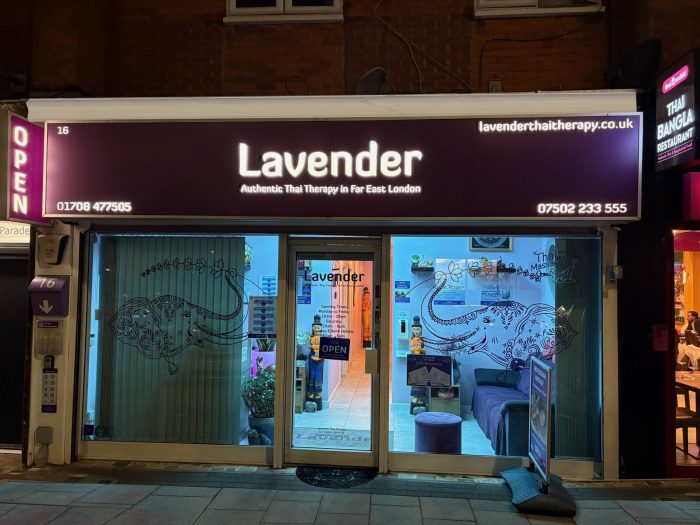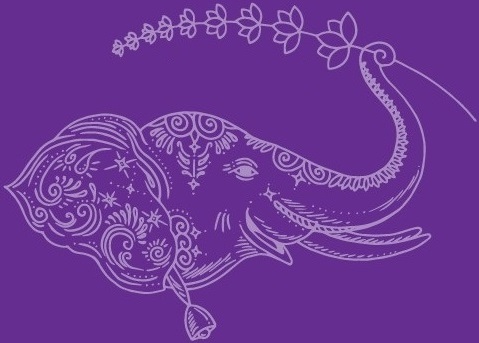
Where can I train to become a Thai massage therapist?
Thailand has some very well-known excellent and established schools. In Bangkok you will find Wat Pho and in Chiang Mai, the Old Medicine Hospital. If you are looking for an internationally accredited and respected certification, then the Vocational Training Charitable Trust (VTCT) might be the pathway to follow.
The Vocational Training Charitable Trust (VTCT)
Founded in 1962, VTCT is a United Kingdom based awarding organisation that develops and accredits qualifications in a range of vocational education and training sectors, including of course, massage and complementary therapies.
VTCT operates as a registered educational charity, and its qualifications are officially regulated. Its advantage is its international reach. VTCT’s qualifications are offered by training providers and colleges in the UK as well as other countries.
Lavender Thai Therapy has since 2021 been an approved VTCT provider. We deliver training and qualification assessments for Thai, Swedish and Sports massage. We are based in East London, as well as Bangkok (close to the Thai capital’s international airport).
What to expect on a Thai Massage course
You can expect your course to combine some classroom learning with, literally hands-on, real-world experience.
You will be trained to perform a range of full-body massage treatments safely and effectively, while understanding anatomy, physiology, and client care. There is a written portfolio to complete for homework. This includes sets of questions, along with a minimum of 10 case studies with five clients. The portfolio questions cover not only anatomy and physiology, but also massage techniques, customer service, along with health and safety at work.
The number of guided learning hours prescribed by VTCT is 207. The typical course duration is no less than three months. We would expect the course to be completed in no more than twelve months, depending on each learner’s needs and the tutor’s availability.
There are at least three practical assessments where you’ll perform massages on real clients or models. Each assessment lasts for one hour, and the final assessment is summative.
VTCT Level 3 Certificate in Massage Therapy — An overview
This qualification is designed to train you to a professional, industry-ready standard so you can work as a massage therapist in settings such as spas, salons, wellness centres, or as a self-employed practitioner. There are no formal entry requirements, and no experience is needed, though it is beneficial. Your course content will include:
- Anatomy and Physiology, and Pathology
- Understanding the structure and function of the various body systems such as the skin, muscles, skeleton, blood circulation, respiratory and nervous system
- Check for recommended reading and private study
- Treatment objectives, benefits and techniques, history of massage
- Client expectations
- Body balance, flexibility, and energy flow
- Sen lines (energy pathways) and marma points (pressure point techniques)
- Assisted stretching, acupressure, and rhythmic compression
- Typical massage sequences (Having a start, middle and an end)
- Equipment (Towels, pillows, temperature control)
- The development of massage (beginnings over 2,000 years ago, traditions and culture)
- Health & safety
- Risk assessment in the shop (Potential hazards to staff, customers and visitors)
- Safe, secure premises (Shop/room working environment)
- Hygiene and cleaning
- Fire and security alarms
- Business insurance (In case of injury or compensation claim)
- Client care
- Types of customer communication (verbal, non-verbal)
- Listening skills (How the body responds to massage)
- New and regular clients
- Professional conduct – personal appearance, personal space
- Shop ambiance including relaxing music
- Answering the phone correctly
- Client consultation and treatment planning
- Preparing for formal (summative) assessment
- Client record card (check completed – preferences and requirements)
- Health Check – contraindications (conditions that affect massage suitability)
- Managing customer feedback and possible complaints
- Client Aftercare – (hydration, stretching, rest, no caffeine or alcohol, hot bath etc).
Choosing your training provider
Research their websites, look for student reviews and ratings on Google, Facebook and Tripadvisor.
Important things to check include centre location logistics: travelling times, accommodation (if needed), class size, how much practical vs theory. How much are the training fees, and are these listed in local currency and/or GBP (Use current conversion).
Which training dates are available? – Weekdays, weekends, daytime and/or evenings. Also check any terms and conditions, such as in respect to refunds, as well as the centre’s appeals policy and complaints procedure.
Check the language of instruction (English / Thai / bilingual). VTCT require that courses are delivered and assessed in English. Check uniform policy – what you need to wear or anything additional that you need to buy.
Post-qualification: check whether you’re eligible for insurance and can start working, what specialisms are available, such as hot-stone and pregnancy massage.
The Course fee should include the cost of your VTCT registration. How much deposit is required and any instalment/payment-plans options. The main Thai massage award is a certificate and is at level 3. It has a reference: VRQ AC30335 600/4013/0
Good luck and enjoy your training – it should be fun!
